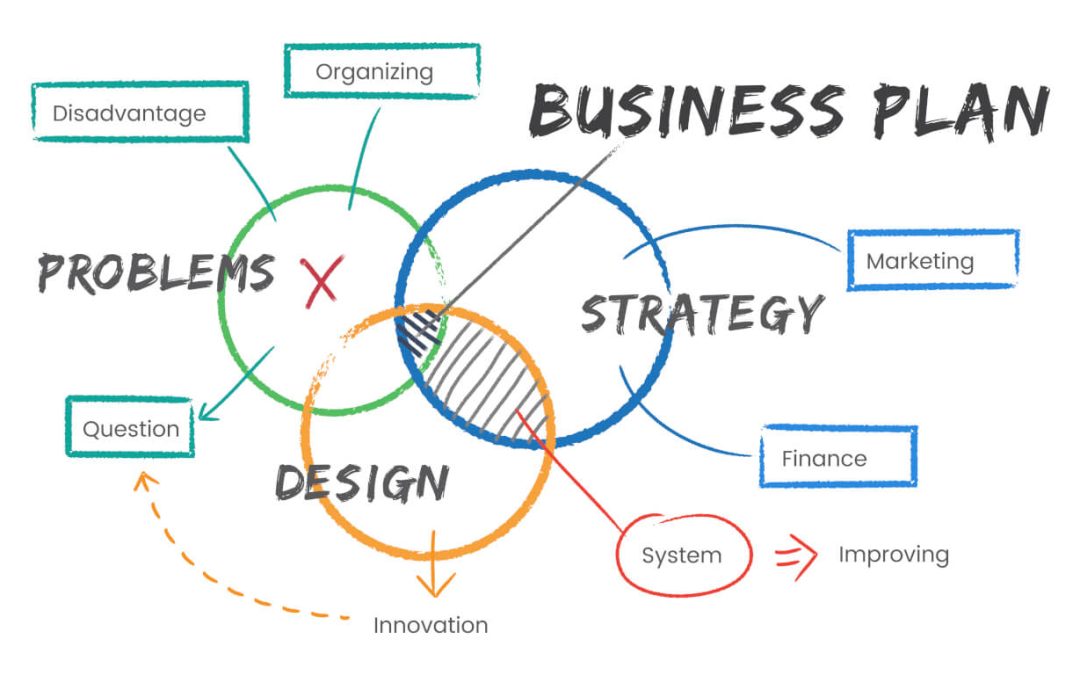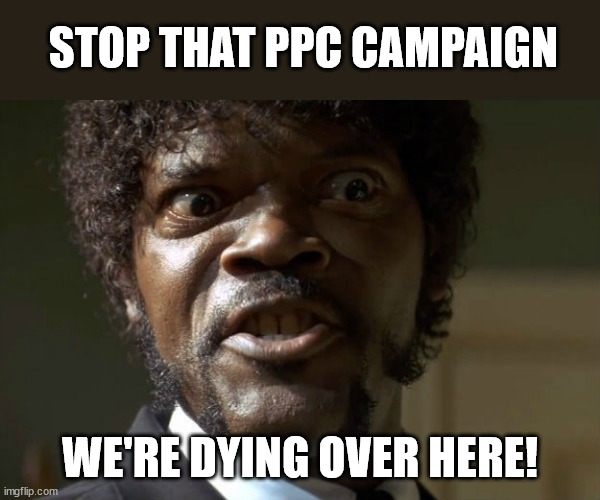The MarketingExperiments live clinic tonight was about optimizing the top and bottom 2 inches of each webpage, where the headline and Call to Action usually resides. Below is a short list of my lecture notes that will help you improve the Conversion Rate of any landing page by fixing some common mistakes.
Get More Sales/Signups/Conversions By Plugging The Leaks On Your Landing Page
So, what’s the big deal about the top and bottom 2 inches on the page? The top 2 inches and bottom 2 inches are important in engaging people in a conversation, and the bottom 2 inches give people the conclusion of what you told them, and now they know what and WHY they should do what you ask from them.
2 Inches Of Prime Real Estate To Engage A Conversation
Every conversation starts with an introduction and an opening statement. The headline of webpages is where you toss the bait, and depending on what you want to achieve, that bait should be just as big. So, the headline should have a Clear Value Proposition.
Regardless of the nature of the CTA, whether it’s a Signup form or a sales pitch, do get creative with the headline, but always be testing.
Headlines, as baits, must have a clear value proposition, and a spur to action. A headline without a verb (get, learn, see, etc) is no real headline, it doesn’t raise interest, so people will not be inclined to engage in conversation with your webpage.
MarketingExperiments has a Headline Optimization Clinic dedicated specifically to this issue. All marketing messages should be oriented around the visitor and what they GET, not what they DO. The headline is not the time for lofty thoughts. It’s the chance you have to grab and keep the attention of visitors, so keep it simple, and initiate the desire to act.
There are at least five errors people make when writing a headline:
- Error 1: Headlines should not be too clever
Not this: “Headlines or deadlines, how to consistently write effective headlines without working late”
But this: “This just tested: stock images or real images?”
Headlines should be poignant, short and somewhat proactive. The above cases are from the MarketingExperiments blog, and it’s a good contrast between a long and a bit intimidating headline, and a short, punctual and quite alluring one. The first makes you feel uneasy about your job, so you’ll be less inclined to read, while the second one raises interest and curiosity, so it’s more likely to attract attention.
- Error 2: Don’t make a headline sounds like a title
Headlines are conversation starters, so they need to be interactive and more clear on the Delivery part. Since people did show some interest in the page by being on it, you need to use that 2-second attention with a headline that builds up on the title (conversation introduction), not to repeat it again.
Consider a random conversation. You start with “Hi, I’m John Smith” The other person will value your presence and allow you to move from the Title to the Headline, so you don’t repeat your name and make the other one upset for the duplicate content, but you quickly move on to your main point “Would you like to hear how XYZ can help your business with ABC?”
- Error 3: Don’t make headlines in a form of an empty question.
Not: Why get Britannica online?
But: Get unlimited access to 32 Britannica Volumes online…
The point here is to avoid asking a question to a visitor that is looking for an answer. Answering a question with a question won’t do you any good with landing page. Instead, you want to anticipate the questions and anxieties, and quickly address them even briefly with a good headline.
- Error 4 A headline without a sub-headline
The entire point of a headline is to move the visitor deeper in the conversation, from a “Hi, I’m John Smith” to a more meaningful and actionable dialogue. The smoother this transition from introduction to a “let’s do business” mindset, the easier it will be for people to follow you along the way.
In other words, smooth transitions from title to headline, and from headline to sub-headline, will increase the Conversion Rate of the page. Subheads can be a short sentence of specific points, or a bullet list of primary benefits that actually answer some of the questions and anxieties visitors may have.
- Error 5: A headline that is point-middle.
The point-middle concept is actually a communication failure, where you don’t really get to the heart of the matter as well and as quickly as you could and should. It’s like arriving, but only halfway, while you should have gotten “there” all the way:
Not: We can help you lower payments by 50%
But: Lower your payments by 50%
Ideally, the actionable and benefit-oriented words go first in the headline. Once people see the benefits, they’ll be OK to read on. Otherwise, you’ve lost their interest and visitors are out of your website for good.
The Call To Action
When it comes to completing a conversation with a Call to Action, it is wise to pack the area immediately before the CTA with a list of benefits people gain if they click and buy/find out more/sign up etc. If you imagine the web text as a journey up on a pyramid, people get tired as they move through your text, and at the very top, every step needs extra encouragement, so by packing the CTA area with benefits, you help visitors take the very last step of the climb and click the button you point them to.
Always think in terms of people second-guessing your CTA: “Why should I say YES to your offer?” Make sure you offer more than you ask for, only then people say YES, if you convince them they’ll profit from this exchange.
Here is a short list of common errors in the bottom 2 inches of the page, aka. the CTA area:
- Error 1: CTA without perceived/offered value.
- Error 2: CTA trumped with other CTAs. Don’t try to sell too many things with a single page. One page-one CTA. Period.
- Error 3: CTA among evenly weighted CTAs. Have a clearly distinguishable Primary CTA. the Buy Now button on a product page must be different from any other button or clickable area.
- Error 4: CTA above the fold. Selling too quickly in the conversation can only end up with an end of the conversation. Websites aren’t newspapers, so we don’t need CTA so soon in the conversation begins. Instead, offer enough value as people go through your page so they have enough incentive to make the next big step in their pyramid climb that will turn them into clients, eventually, if they go all the way up.
- Error 5: CTA that asks for too much (eg. Buy Now, but Find Out more, or Continue) too quickly. If you are selling a product that visitors can’t touch , you will have some explaining to do, so you help visitors move from the “I’m just looking” mindset to a “Yes, I want this item NOW” mindset. Ideally, you break up the process in several steps/pages, and every step or page focuses on answering specific questions or anxieties. In a string of 3-5 page conversion funnel (or conversion pyramid), the CTA should be less intimidating. A simple “Continue”, then “Learn More” and finally “Buy Now” string of CTAs will do just fine, so people don’t feel pressured to buy too soon in the conversation.
To Sum Up
Keep things simple in the headline but be clear and raise interest, so people will reward your website with their valuable attention. Then when it comes to the Call To Action moment, use tact and good timing. First, address their questions and anxieties, and remind them of all the benefits they get from making that Action step of signing up or buying a product or service.






